
The Free Press

In 2022, I flew to Kigali, the capital of Rwanda, with an eye toward driving west over the border into the Democratic Republic of Congo to report a story about a Bitcoin mine and a story about a Belgian prince trying to save mountain gorillas.
I met my six-foot-four fixer at a Mexican restaurant, and, over beers and carnitas, explained what I had in mind.
“Congo’s dangerous,” he said. “Why would you want to go there?”
I explained that I was a journalist and that I was there on assignment, and then he offered to get me a gun. I declined. I wanted to grab a quick dinner, lock down our travel plans, and crash. Jet lag.
After a moment, he said, “So, no gun?” He just wanted to be sure.
An hour later, on beer four, we agreed on a price, and in the morning we crossed.
The fixer was right: the far east of the Democratic Republic of Congo is a disaster.
No paved roads, no electricity, no functioning government. It was broken. But rich. Fertile land and the rare earth minerals that probably power the device you’re reading this story on.
Congo has three-quarters of the world’s cobalt, as well as monopolies on coltan and tungsten—which are vital for batteries and circuits, and enable devices to vibrate. Without all three, there wouldn’t be electric vehicles or smartphones. Big customers include, no surprise, Tesla and Apple. The open secret, I learned, is that mining relies on child labor. You don’t need to buy a blood diamond to exploit some of the world’s poorest and most vulnerable children—just an iPhone.
This is why locals are wary of foreigners. And each other. Rival factions inside Congo have long sought control over its minerals, spawning a humanitarian crisis on par with Ukraine. Whoever occupies eastern Congo has access to unbelievable wealth and global influence.
Which is why it’s advisable, when driving there, to bring a gun. Or two.
It’s impossible to appreciate the steep price of the green revolution until you’re there. The irony of our hunger for save-the-world renewables means destroying the fragile environments we never see—and condemning generations of kids to this new slavery.
Most of us turn a blind eye to the price of all our swiping, streaming, sharing, and charging.
Not Siddharth Kara. The screenwriter, author, and associate professor of human trafficking and modern slavery at Nottingham University has spent years exploring this injustice, and recently published a book about it—Cobalt Red, an exposé of the suffering bankrolled by Big Tech (and, let’s be honest, all of us).
Kara and I spoke recently in Los Angeles to discuss child labor, sustainability and its discontents, and forging relationships with some unsavory characters in the pursuit of a story that must be told.
AP: Tell us the root of the problem.
SK: You can’t function for 24 hours without participating in immense violence and environmental destruction in the Congo.
AP: Why is this relevant to the electric vehicle discussion?
SK: Because it’s meant to be a green choice in pursuit of climate sustainability goals. Yet it’s utterly destructive to the environment of the Congo. Our green energy transition—migrating from internal combustion engines to electric vehicles—is built, in large part, from the battery pack standpoint, on the utter destruction of the environment of the Congo. Millions of trees have been clear-cut. Foreign mining companies dump all the toxic effluence from their processing facilities into the water, into the air, the dirt. Everything is polluted.
AP: Artisanal cobalt mining is done by individuals with basic tools, often children who wade into unstable pits without protective equipment, even shoes. How is that tied to Big Tech?
SK: The consumer-facing tech and EV companies all proclaim there’s no artisanally mined cobalt or child cobalt in their supply chains. So don’t fret, consumer. Don’t fret, shareholder. If that’s true, where’s all the cobalt going? Last year, almost 75 percent of global cobalt production was from Congo. It’s impossible for these companies to say they don’t have Congolese cobalt. And if it’s impossible to say they don’t have Congolese cobalt, it’s impossible to say they don’t have cobalt that’s not been tainted by child labor, forced labor, environmental destruction, public health catastrophes from mining pollution. Full stop.
AP: How did you trace this supply chain?
SK: I’ve followed trucks from the depots that buy artisanal cobalt straight to industrial mines. There’s one big marketplace I write about in the book. It’s about 80 houses [that buy] cobalt and traders who buy artisanal cobalt and bring it in on pickup trucks and motorbikes. They sell to the traders. Then you see the big trucks from the mining companies, and they buy those sacks of cobalt by the thousands—per day. Then they take it to the industrial mine and process it. It’s all happening in broad daylight.
All the foreign mining companies say, “There’s no artisanal mining on our site.” Now, I haven’t set foot inside every industrial concession in the Congo. They’re heavily guarded. I’ve probably stepped foot inside half of them, and I’ve spoken to artisanal miners who work inside the other half. Every last ounce of artisanally mined cobalt is sold directly into the formal supply chain. It’s immediately and abundantly clear that the supply chains are completely mixed. There’s no way that any consumer-facing tech or EV company can claim that the cobalt in their batteries does not have an artisanal contribution to it.
AP: How does this lie persist?
SK: The assumption must have been: who’s going to go down to the Congo, understand what’s happening, document the truth, trace the supply chain, and demonstrate this fiction?
It’s also predicated on an assumption that people don’t understand the chain. So of course, just take the word of the company. And that’s been the story for slavers and exploiters for centuries. Don’t worry about the conditions, things aren’t so bad. It’s the same narrative going back to the old blood sugar slave trade of the 15, 16, 17, 1800s.
AP: What do these mines look like?
SK: What I saw was so much more severe and urgent and extreme than I imagined. You have hundreds of thousands of people digging anywhere and everywhere, gathering up ore that they sell to intermediaries, who sell it to foreign mining companies. From artisanal miners to one or two layers of intermediaries directly to mining companies.
At that point, that sack of cobalt that may have come from a kid or a family—they were paid probably a couple of dollars for it—it’s mixed in with the same batch of acids as industrial-mined cobalt. And at that very moment, there’s no longer the possibility of disaggregating what was artisanal and what was industrial.
AP: What’s the goal of Cobalt Red?
SK: Public awareness. To make people aware and apply pressure—whether companies, lawmakers, whatever. This is how social change happens. It starts with ground truth, and then people mobilize.
There are laws on the books in the U.S. that prohibit the import of goods through forced labor and child labor. All you have to do is actually enforce that vis-à-vis anything with cobalt.
AP: What’s stopping that?
SK: The problem is: it’s those people over there. And for much of history they’ve always been considered worthless. That’s why this is happening and why these companies throw out marketing puffery instead of genuine efforts to deal with it. “It’s poor African people, no one’s going to care about them, no one’s going to listen to the truth. Even if the truth comes out, we’ll just throw some more PR at it and carry on until there’s a hammer stroke.” What that stroke is remains to be seen, but I think it will be a grassroots movement along with leadership that applies regulatory pressure on these companies.
AP: How were you able to step foot in the mines and stay safe?
SK: It’s the same way I’ve done research on slave labor in a lot of other dangerous places for the last 20 years, whether it’s Nigeria, running into mafia groups, or organ trafficking on the U.S.–Mexico border run by cartels. It’s about relationships—and being cautious and careful.
I establish trust by living and working with mining communities. Through them I was able to get access. Then communities, villages, talking with them, families who work in artisanal mining areas. I speak French, so French works with a certain class of people. I don’t speak Swahili, so I typically have a translator.
In that part of the Congo, everything is very militarized, because there’s so much money at stake. The government can’t afford to have militias running wild, although there are some. And I did encounter more than one—on more than one occasion, under fairly bleak circumstances. There’s one episode I write about in the book. I only chose one because I don’t want it to be about me. This is about what Congolese endure on a daily basis.
AP: Why is this topic so important to you? Why should we care?
SK: Rarely in history has the practice of preying on the weak been so severe, generated such profit, and touched the lives of so many. Every level of the chain is preying on some of the poorest and most heavily exploited people in the world.
Many people feel compelled to address injustice. When they learn of it, it’s just not possible to sit by. That’s a theme that entered my way of thinking at a very early age. I’ve been doing research on slavery and child labor since 2000. I first started hearing about Congo and cobalt mining in 2014 from colleagues in the field. I could just as easily have been born in their shoes as in mine. And if I had been, what would I want? I’d want someone to see me, hear me, and try to help. I, by fluke of birth, was on the other side of that. That’s what compels me.
Adam Popescu is a reporter for The Free Press. Read his report on the mystery of the Chinese spy balloons here, and follow him on Twitter @adampopescu.
And support more of our work by becoming a subscriber today:


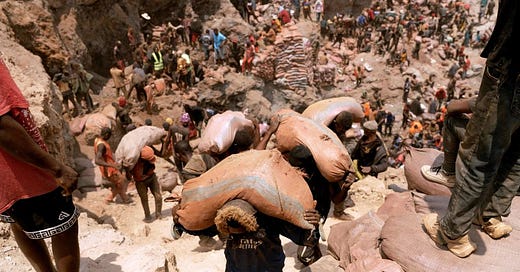


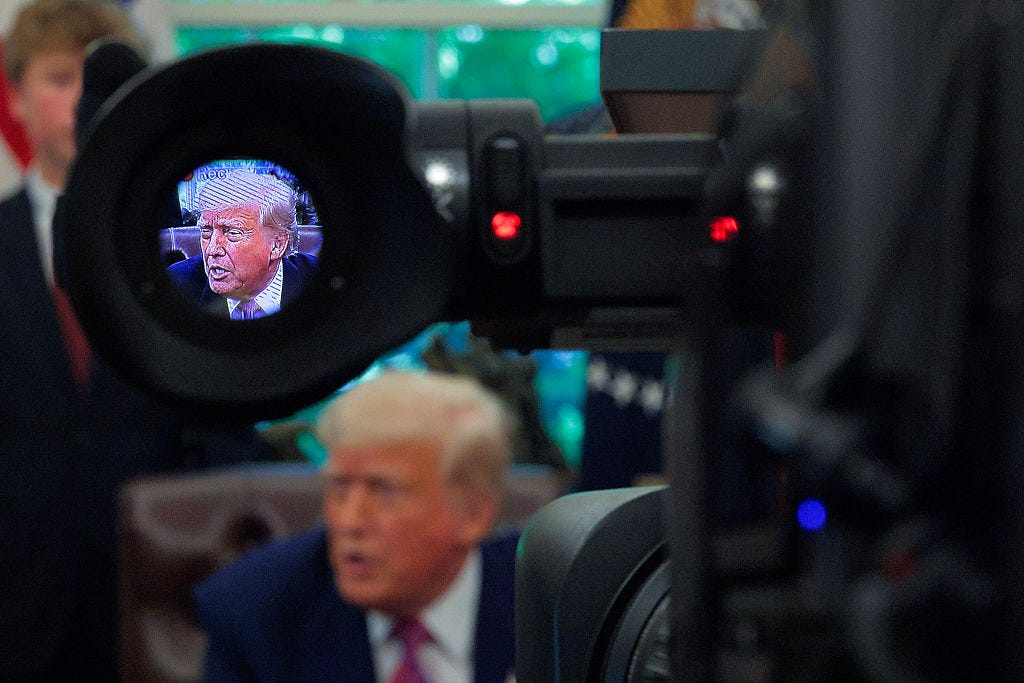



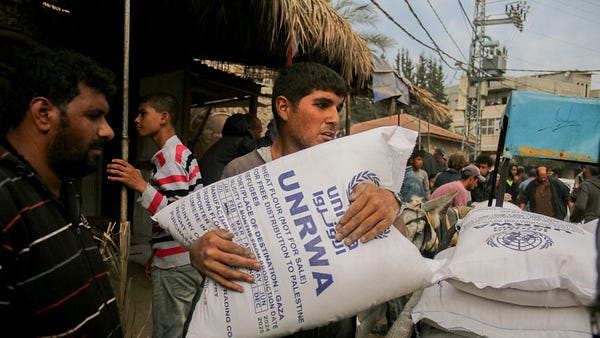

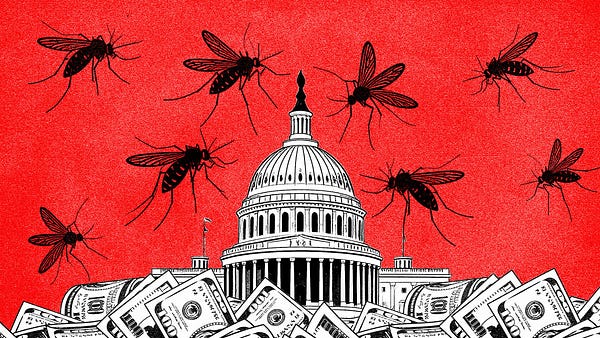

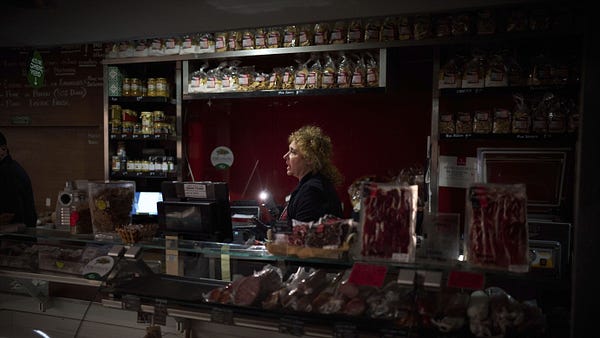


Nice article. Did the author really needed a click bait title? This story stands on its own. I was hoping not to see this cheap attention gathering tactic on thefp.com. Hopefully the author can unlearn this annoying approach seen in all other news site.
It sure sounds like the author has a bias against Apple. ALL mobile phones, tablets and desktops have essentially the same parts. Why single out one company? 🤔